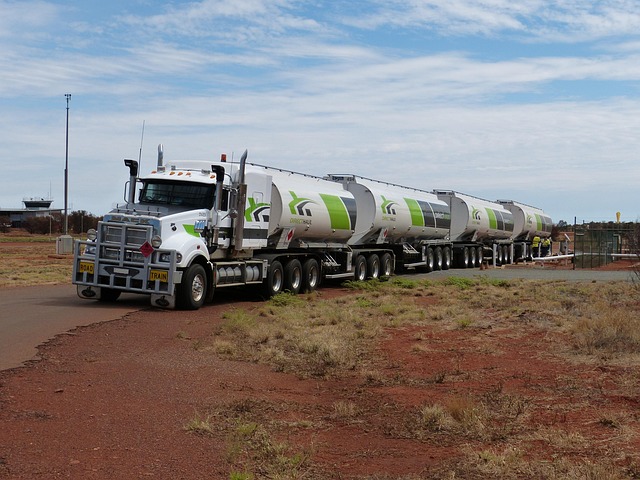Looking to register your car in California? This comprehensive guide walks you through the process, ensuring a smooth experience. First, understand the state’s unique registration requirements for vehicles. Next, gather essential documents for VIN verification, a crucial step in the process. Learn how to perform this check and select the right registration class. Finally, submit your application online or in-person, paying attention to the required fees. Master these steps, from vin verification to fee submission, and register your vehicle with ease.
- Understand California Car Registration Requirements
- Gather Necessary Documents for Vin Verification
- Perform Vehicle Identification Number (VIN) Check
- Choose an Appropriate Registration Class
- Submit Application and Pay Fees Online or In-Person
Understand California Car Registration Requirements

Before registering your car in California, it’s crucial to understand the state’s specific requirements for vehicle identification number (VIN) verification. California mandates a rigorous process to ensure the authenticity and security of all registered vehicles. This includes a thorough VIN inspection, which checks for any discrepancies or potential theft.
The first step involves obtaining a valid title for your vehicle. You’ll also need to complete a California Registration Application form. Once these documents are in order, you can schedule a mobile vin inspection where a designated agent will conduct the necessary VIN verification procedures. This process ensures that your car meets all legal standards before it can be officially registered within the state of California.
Gather Necessary Documents for Vin Verification

Before you can register your car in California, you’ll need to go through a process called vin verification. This involves ensuring that the vehicle’s unique Vehicle Identification Number (VIN) is legitimate and matches the make, model, year, and other specifications listed on official records. Gather all necessary documents, including the following:
1. Your car’s title, if applicable.
2. The purchase agreement or sales contract for your vehicle.
3. A valid driver’s license or state ID card.
4. Proof of insurance.
5. If you’re importing a vehicle, you may need additional documentation, such as customs forms and export documents. Additionally, consider using a mobile vin verifier or mobile vin inspection service to streamline the process and ensure accuracy from the comfort of your home.
Perform Vehicle Identification Number (VIN) Check

Before you begin the registration process, it’s crucial to perform a Vehicle Identification Number (VIN) check. This step is essential for ensuring that your vehicle is genuine and has no outstanding issues. You can conduct a VIN verification through various official channels, including mobile vin verifiers or by visiting a local Department of Motor Vehicles (DMV) office.
A VIN inspection provides critical information about the vehicle’s history, such as its make, model, year, and previous owners. In California, this check is often done to prevent fraud and ensure that all legal requirements are met before granting registration. Using a mobile vin verifier can simplify this process, allowing you to complete it quickly and efficiently from the comfort of your own home or on the go.
Choose an Appropriate Registration Class

When registering your car in California, understanding the appropriate registration class is crucial. Different types of vehicles require specific considerations. For instance, passenger cars and light trucks usually fall under Class 1, while larger vehicles like motorcycles or commercial trucks might be categorized differently. A key step in this process involves a vin verification—a mobile vin inspection or mobile vin verifier can help ensure your vehicle’s identification number (VIN) is accurate and legitimate, streamlining the registration procedure.
California’s Department of Motor Vehicles (DMV) provides guidelines to categorize vehicles based on their size, use, and weight. The correct class ensures you pay the right fees and receive the necessary plates and registration documents. Remember, inaccurate classification could lead to penalties, so carefully review the DMV’s criteria before proceeding with the registration process.
Submit Application and Pay Fees Online or In-Person

Submitting your application and paying the fees is a crucial step in registering your car in California. You can choose between two convenient options: completing the process online or visiting a DMV office in person. Both methods require you to provide essential documents, such as proof of ownership and identification. When going digital, a vin verification becomes straightforward with an online platform that allows you to enter your Vehicle Identification Number (VIN) for a quick and secure check. This is where a mobile vin verifier can be incredibly handy, as it offers the convenience of performing this initial inspection from the comfort of your home.
If you opt for the in-person approach, you’ll need to gather all necessary paperwork, including any forms provided by the California DMV. The fees vary depending on your vehicle type and other factors, so ensure you’re prepared with the correct amount. A vin inspection is often not required at the DMV, but having a reliable mobile vin verification service can be beneficial to confirm the vehicle’s history before making any final decisions.
Registering a car in California involves several straightforward steps, from understanding requirements to submitting applications. Ensure you have all necessary documents ready for a seamless process. Perform a VIN verification to confirm your vehicle’s details and select the right registration class based on your vehicle type. By following these guidelines and completing the online or in-person application with accurate information, you’ll be legally registered and ready to hit the California roads. Don’t forget, proper vin verification is key to adhering to state regulations.
